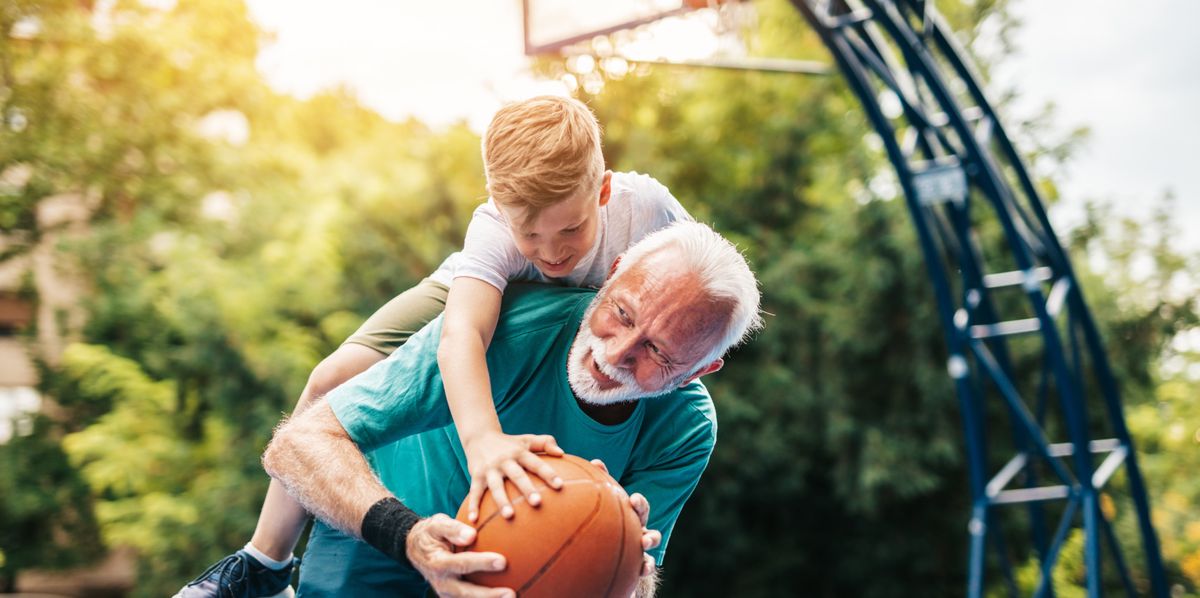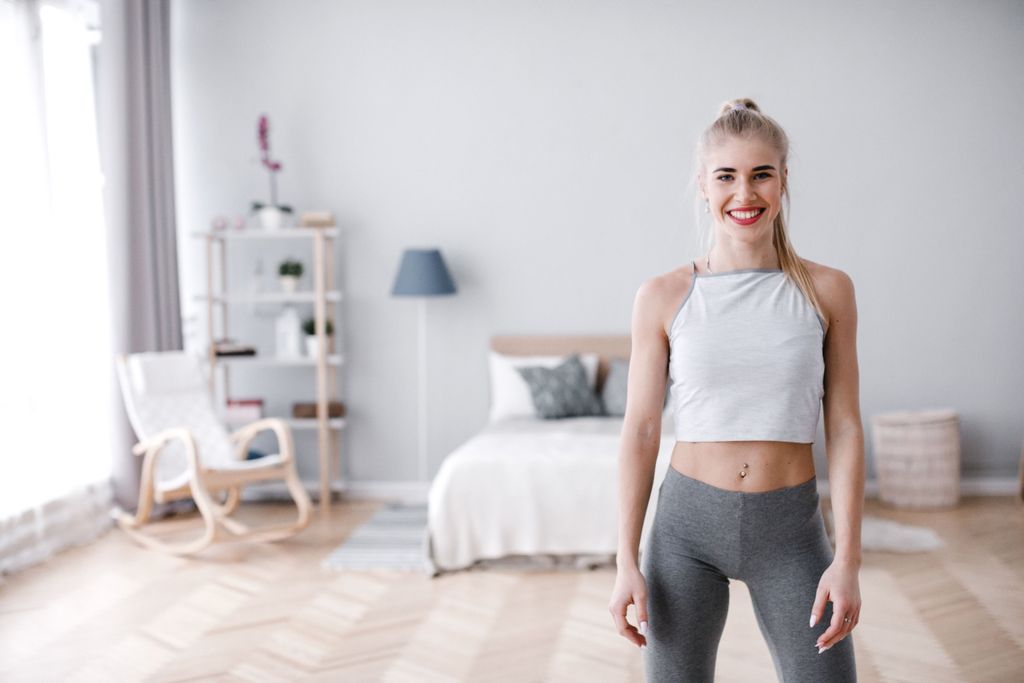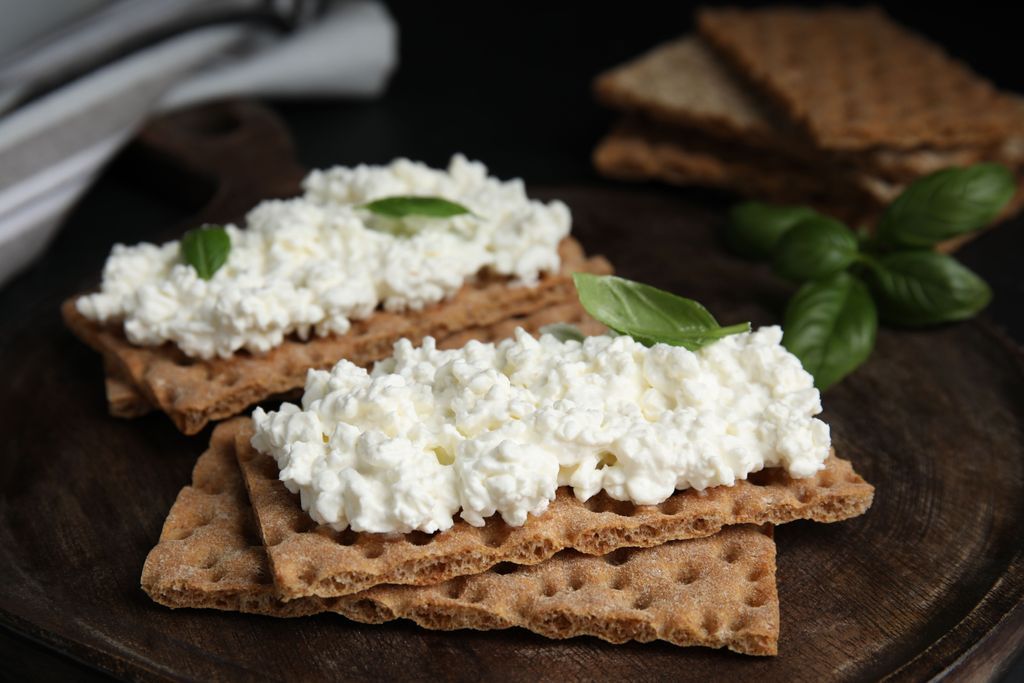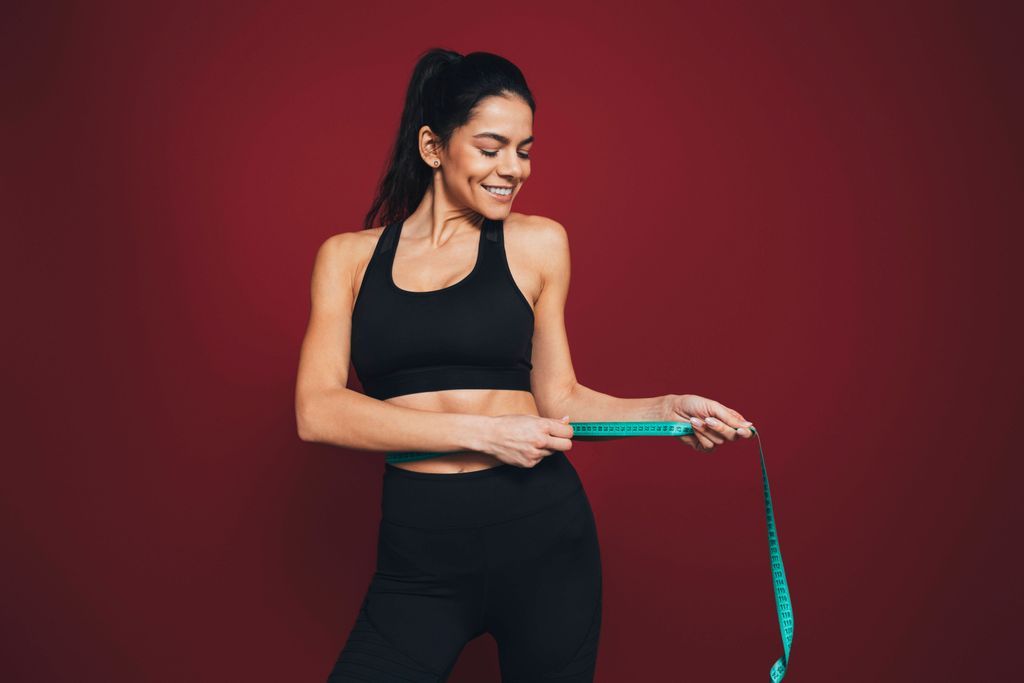At 30, 40 or 50 – when do we really become unfit?
Scientist Regula Furrer explains how an active life shapes us, why women have an advantage – and why we should exercise with friends.
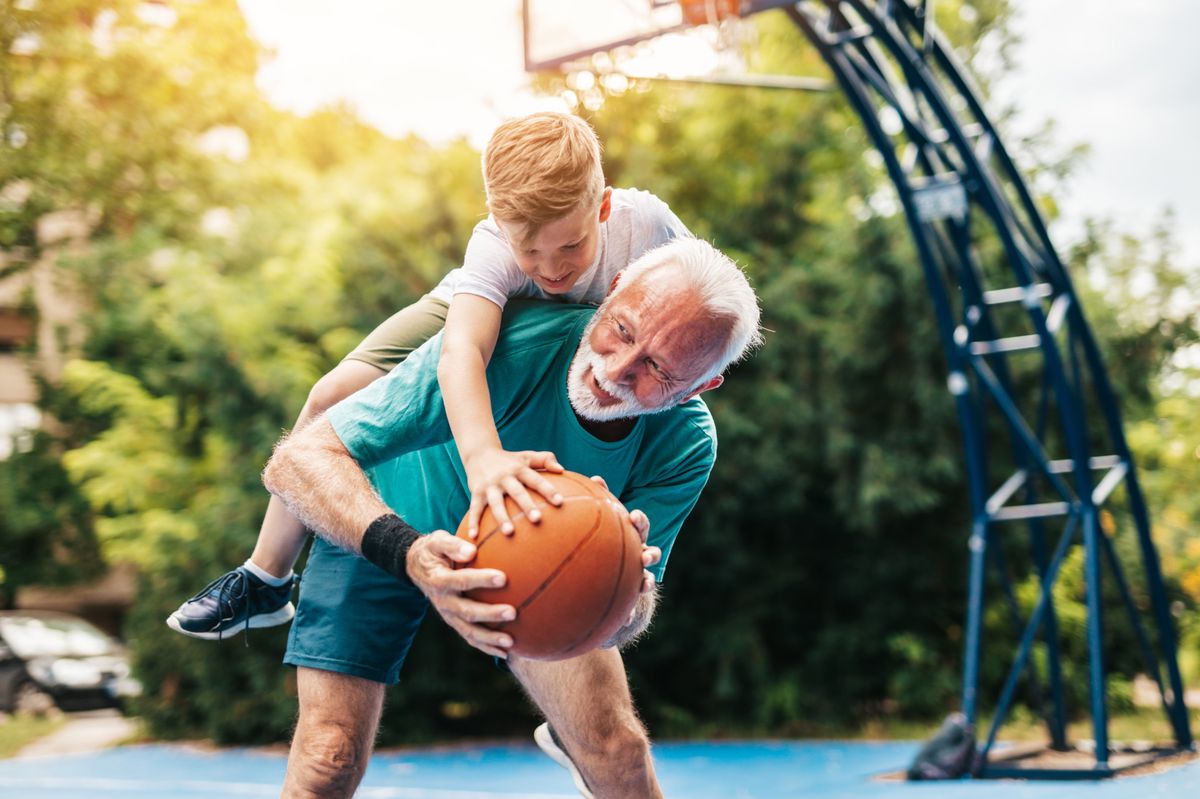
Play and fun are good for young and old alike.
Photo: Getty Images
Regula Furrer knows what happens in bodies when people move: it is her area of expertise. The 41-year-old has a PhD in movement science and conducts research at the Biozentrum of the University of Basel. She also works as a personal health coach. But Furrer does not only have theoretical knowledge. She is a passionate amateur athlete, has cycled across half of Europe, completes triathlons and hikes, runs and rides the mountains.
Many people are convinced that their twenties are their golden years, followed by physical decline. Is this impression correct?
Let me answer the question about the world’s best. They usually reach their peak between the ages of 20 and 35 – strength athletes on average earlier than endurance athletes. To put it bluntly, a 50-year-old will hardly ever set a 100-meter world record. But we’re only talking about peak performance, and that’s not relevant for the vast majority of us.
What does that mean?
That at an everyday level, both strength and endurance values can remain relatively stable for a very long time before gradually decreasing from around the age of 50.

Knows what is going on in active people: Regula Furrer.
But why does performance decline for many people after just 30?
This is largely linked to the respective stage of life. These are the years when you start a family and have children, the years in the middle of your working life – a very demanding, stressful phase. Often, sleep time also decreases, eating habits change. There is a lack of desire or time for exercise. Where performance declines at a relatively early age: in balance or jumping power, generally in fast movements such as sprinting.
Why do we quickly lose balance and explosive strength?
Roughly speaking, there are fast and slow muscle fibers. Why slow muscle fibers are better protected during the aging process than fast ones is not yet known.
If you are to speculate?
The postural muscles consist primarily of slow fibers – and are used accordingly often, even when standing or walking. The fast ones are needed much less, but for explosive power such as sprints. And which 50-year-old still sprints?
Can you still train these fibers?
No, that’s not possible. But you can slow down the degradation. That’s why the saying “use it or lose it” is very true.
Should we all start sprinting?
The fast fibers are particularly important for balance in old age – especially when it comes to falling. Even in old age, you can still train your balance and explosiveness with strength training or balance exercises, so it doesn’t have to be sprints.
Does the body react to sporting stimuli until the end of life?
Yes. The older body does respond more slowly to training, the reasons for this are still unclear. But studies show, for example, that even 85- and 90-year-olds respond to strength training. It has a significant effect on their walking speed and thus on their mobility.
There are about 300 scientific theories about aging. What do we know now?
That the process is very complicated. (laughs) There are so many factors that contribute to it. And each research area only deals with its own part.
To put it another way: What influences aging?
Positive: a healthy lifestyle. We know that many adaptation processes triggered by exercise are opposite to those observed during aging. However, the underlying mechanisms are still being researched.
Do we know more about the negative influences?
Lack of social interaction is one example. Studies have even shown that social isolation increases the risk of mortality, regardless of physical activity. Unhealthy diet and obesity, alcohol, smoking and stress in the form of poor sleep also have a negative impact – and of course a lack of mental and physical exercise. This includes sitting for long periods of time.
Can the factors be hierarchized?
All are important. But depending on the researcher and their background, the answer may be slightly different. As a movement scientist, I would still say: the most important factor for longevity is regular exercise. A colleague from the Paul Scherrer Institute, however, told me: no, it is the air quality. What many people underestimate when it comes to healthy aging: having friends is central to one’s own well-being.
The biggest lever …
… is achieved through joint sport, such as jogging, hiking or playing tennis. Or, to put it more generally: through exercising together. If you train with others, you are less likely to lose interest in exercise. And consistency is of course crucial.
Why do some people look much younger than others at the same age – were they simply lucky in the genetic jackpot?
There is no reliable data on this. What can be said is that your own lifestyle has a much greater influence on your health and longevity than many people believe. And just because someone is grey doesn’t mean that they are biologically older. Or another example: the wrinkles of a regular mountain hiker are to be assessed differently than the wrinkles of a chain smoker.
What is the importance of the intensity of the movement?
With intensive exercise (a large increase in breathing and heart rate, e.g. jogging), the health-promoting effect is achieved with a lower dose than with moderate exercise (a noticeable increase in breathing and heart rate, e.g. walking). Just 20 minutes of intensive exercise per week can reduce the risk of death by around 20 percent. The maximum benefit occurs with 300 to 600 minutes of moderate exercise – or with 150 to 300 minutes of intensive exercise per week. The dose therefore does have an influence.
Just a little walking isn’t enough?
First of all, a little exercise is better than none. You can also reduce the risk of death and cardiovascular disease with enough moderate activity (at least 150 to 300 minutes per week). However, if you are relatively fit, you need a stronger stimulus to train your maximum oxygen uptake capacity, for example.
Why should this be important for normal people?
Life expectancy correlates with the level of this so-called Vo2max. However, you don’t need extreme stimuli to train it. Regular jogging or other intensive activity helps. But another aspect is more important in this discussion.
Which?
That you find a form of movement that you like. Ideally, you only repeat what you like over and over again.
Does exercise have the same effect on women as it does on men?
Women achieve the same reduction in mortality risk with slightly less exercise than men. This may be due to hormonal differences and body composition. However, it may be that the physical work women do at home, which was not taken into account and is on average higher than that of men, influenced the result. Overall, it must be said that the vast majority of studies were and are carried out with men, and even in the case of mice, they are males.
Why this male dominance?
This is also related to the woman’s cycle. It can influence the results. Men are the easier gender in this regard, if I may say so, to rule out hormonal differences. But that is not enough of an explanation. There are also simply cultural factors. Research was and is in parts dominated by men.
Back to the basic question: What are your recommendations for staying healthy for as long as possible?
Exercise at least 150 to 300 minutes a week at a moderate intensity or 75 to 150 minutes at a vigorous intensity, ideally including strength training. Maintain your social contacts, eat a healthy/balanced diet, drink little alcohol, get enough sleep and avoid stress.
Should the recommendation be more detailed?
Fine-tuning is nice, but never as important as the basics: doing is always better than not doing. And one more thing: thanks to exercise, the body is capable of incredible achievements even in old age. The fastest 85-year-old men still manage the marathon in under 4 hours.
Found an error? Report it now.

